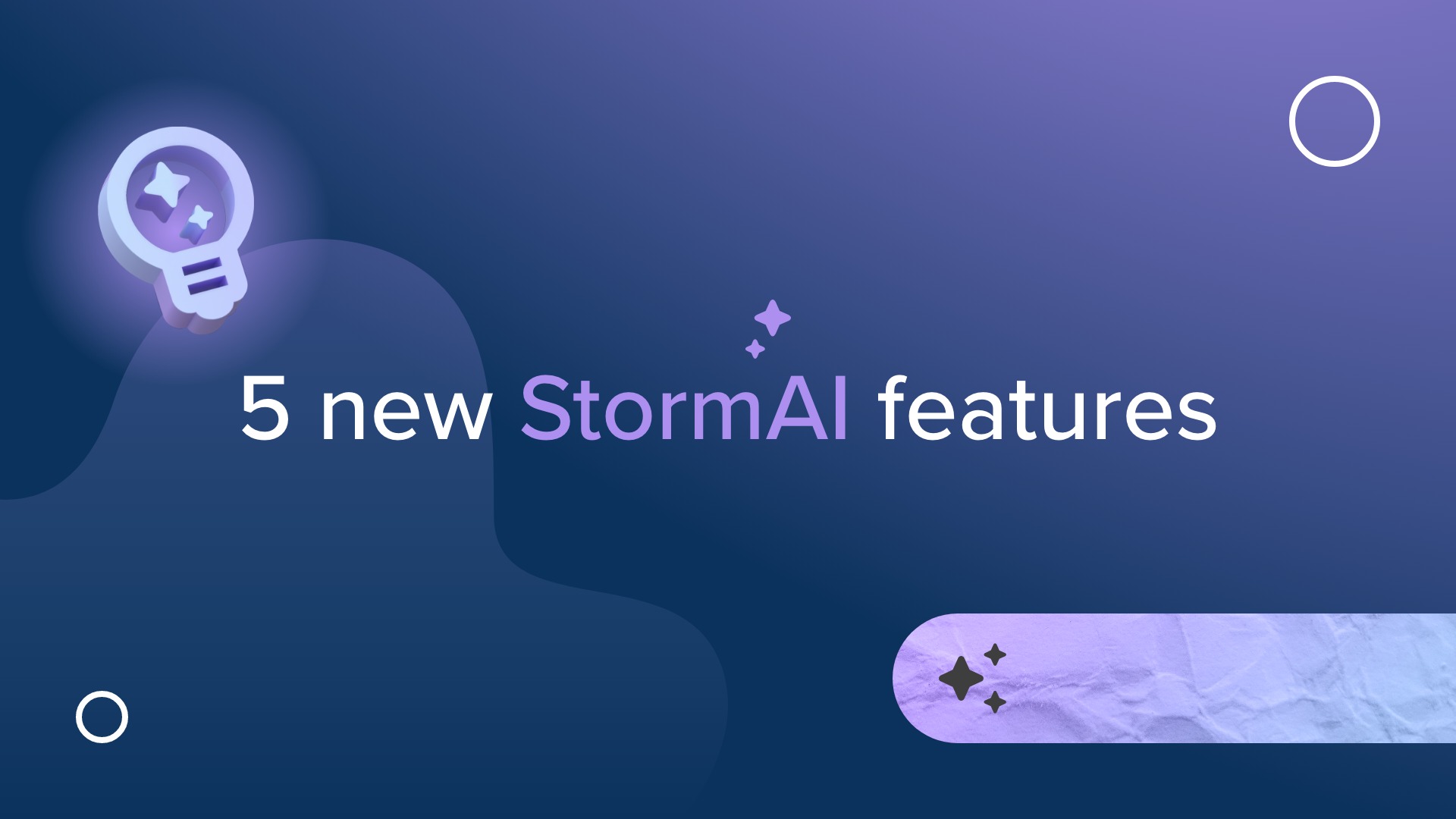Your Guide to Stormboard’s Product Canvas Template
Is your company ready to move on to creating your next product? Or revamp a product you currently have on offer?
In order to move your product from conception to reality, you will need a process that will guide you step-by-step through product creation to production — this is where a Product Canvas comes in.
What is a Product Canvas?
A Product Canvas helps you prepare your product and get ready for your first sprint.
Stormboard’s Product Canvas Template is designed to help you bring a product to life, while putting the user experience and product features first. This canvas is designed for Agile teams who have experience with user personas, storyboards, design sketches, and UX artifacts.
Whether you’re a product manager, product owner, or UX designer, this template will work for you.
Why use this process?
The Product Canvas Template is ideal for product-focused companies who are either still in the development stage of their product, in the final stages of production, or are ready to go to market.
This process allows your team to manage product ideas, markets, and customer segments. You can also plan out the business value, metrics, and key resources you will need to go to market, all while taking the risks into consideration.
Ultimately, it helps to narrow down the target audience and the details of the product, and gives a good scope of where it aims to go.
How to use the Product Canvas template
This template is divided into six sections, starting with the name of your product, your goal or reason for creating the product, and the metrics that you are going to use to determine if your goals have been met. The final three sections cover the target users and consumers of the product, the big picture story of your product, and any other details about the product that you haven't listed yet.
The template sections:
Name
This section is where you brainstorm possible names for the product. This can be a specific brand name, trademark name, or just a general name to specify what it is.
Think about what you want your product to be called. Start by brainstorming what it is, what it does, and what problem it solves.
Goal
Use this section to determine the main goal of the product and/or why you created it.
Think of the reason the product exists. This might be to solve a problem, to enhance consumers’ lives, or maybe it was just created on a whim but has the potential to go somewhere.
Metrics
This is where you determine how your goals can be measured, and how you can measure the success of the product over time. This section can also include any metrics you have already gathered based on similar products or early testing.
Target Group
The target group is the group of people you hope will use your product, or the demographic that you are aiming to interest with the product. Try to be as specific as possible, and note that you may have more than one target group.
You may have had this customer in mind even before creating the product, or you might not have realized who the target demographic was until the product was completed.
Big Picture
This section is used to determine how your product fits within the overall market that you are entering.
Take a step back and take a look at how your product fits within the broader marketplace. Is the product actually something that is needed and marketable? Are you entering an already saturated market? Are you filling a hole in the marketplace? Is your product going to stand out because of a specific feature?
Product Details
In this section, list all of the details about the product in every way that you can think of. This will help you take a detailed look at what your product is, the main features, and how everyone on your team views the way that it can be used.
List any details that a consumer would want to know about your product before purchasing it. This list will help you determine what features make your product stand out.
Be sure to look back at your product canvas after product launch to log market and user feedback for future product iterations.
















